Increasing Industrial Automation
The rise of industrial automation in Germany is a pivotal driver for the laser cladding market. As industries increasingly adopt automated processes, the demand for advanced manufacturing techniques, such as laser cladding, is likely to surge. This technology enhances efficiency and precision in production, which is crucial for sectors like automotive and aerospace. In 2025, the automation market in Germany is projected to grow by approximately 8%, indicating a robust environment for laser cladding applications. Furthermore, the integration of laser cladding in automated systems allows for real-time monitoring and adjustments, thereby improving product quality and reducing waste. This trend suggests that as more companies invest in automation, the laser cladding market will experience significant growth, driven by the need for high-performance materials and coatings.
Expansion of the Aerospace Sector
The expansion of the aerospace sector in Germany is a significant driver for the laser cladding market. With the country being a key player in the European aerospace industry, the demand for advanced manufacturing techniques is on the rise. The aerospace sector is projected to grow by 5% annually through 2025, necessitating innovative solutions for component manufacturing and repair. Laser cladding offers unique advantages, such as the ability to repair worn components and enhance their performance without the need for complete replacement. This capability is particularly valuable in aerospace applications, where safety and reliability are paramount. As the aerospace industry continues to expand, the laser cladding market is likely to see increased adoption, driven by the need for efficient and effective manufacturing solutions that meet the high standards of this critical sector.
Environmental Regulations and Compliance
Stringent environmental regulations in Germany are increasingly shaping the landscape of the laser cladding market. As industries face pressure to reduce emissions and waste, laser cladding presents a sustainable alternative to traditional manufacturing processes. The technology minimizes material waste and energy consumption, aligning with Germany's commitment to environmental sustainability. In 2025, compliance with these regulations is expected to drive a 10% increase in the adoption of eco-friendly manufacturing technologies, including laser cladding. This shift not only helps companies meet regulatory requirements but also enhances their marketability as environmentally responsible entities. Consequently, the laser cladding market is likely to benefit from this trend, as businesses seek to implement cleaner production methods that comply with evolving environmental standards.
Rising Demand for High-Performance Materials
The increasing demand for high-performance materials in Germany is significantly influencing the laser cladding market. Industries such as aerospace, automotive, and energy are seeking materials that can withstand extreme conditions, which laser cladding can provide. The market for high-performance materials is projected to grow at a CAGR of 6% through 2025, driven by the need for durability and efficiency. Laser cladding allows for the application of specialized coatings that enhance wear resistance and corrosion protection, making it an attractive option for manufacturers. As the demand for such materials escalates, the laser cladding market is likely to expand, offering innovative solutions that meet the stringent requirements of various applications. This trend underscores the importance of laser cladding in developing advanced materials that cater to the evolving needs of industries.
Growing Investment in Research and Development
Investment in research and development (R&D) within Germany is a critical factor propelling the laser cladding market. The German government and private sectors are increasingly funding innovative projects aimed at enhancing laser technologies. In 2025, R&D spending in the manufacturing sector is expected to reach €20 billion, with a substantial portion allocated to advanced materials and laser applications. This influx of capital is likely to foster breakthroughs in laser cladding techniques, improving efficiency and expanding the range of materials that can be processed. As companies strive to maintain competitive advantages, the emphasis on R&D will likely lead to the development of more sophisticated laser cladding solutions, thereby stimulating market growth. The continuous evolution of technology in this sector indicates a promising future for laser cladding applications across various industries.


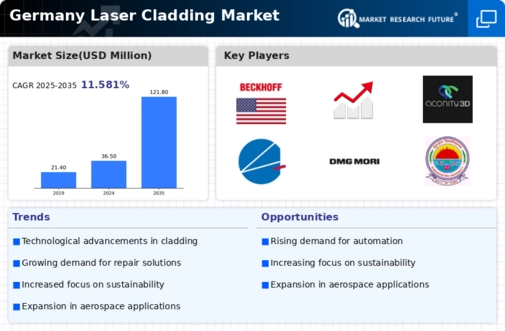
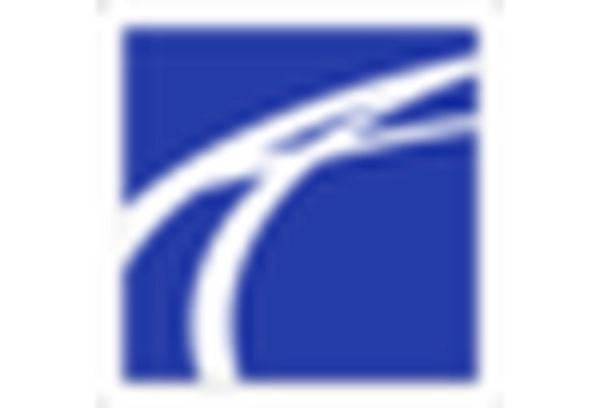
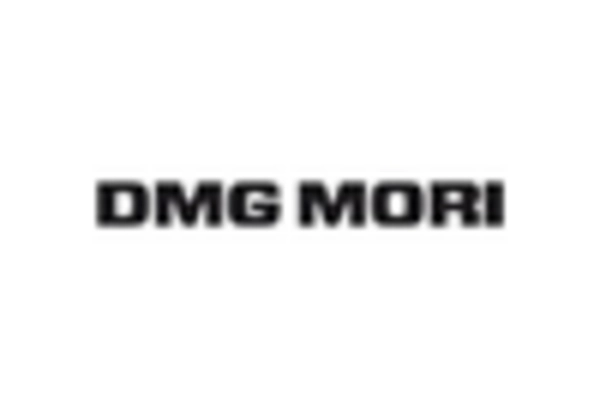

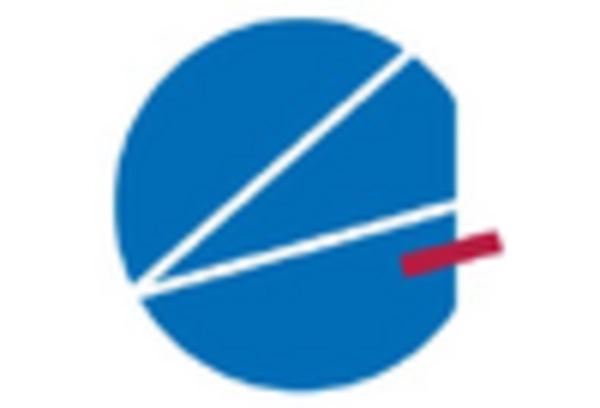
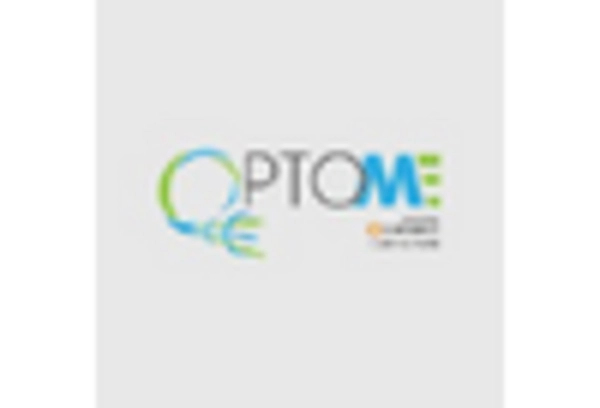
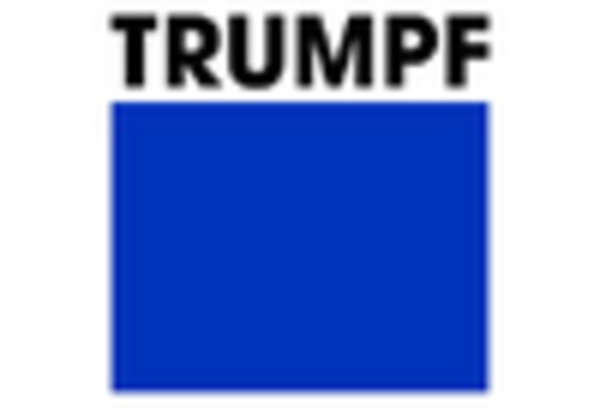








Leave a Comment